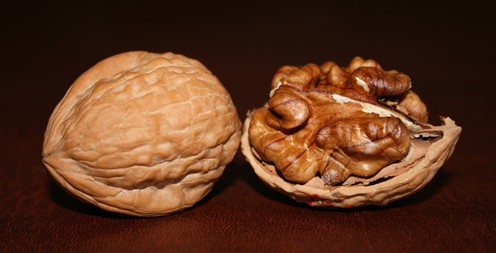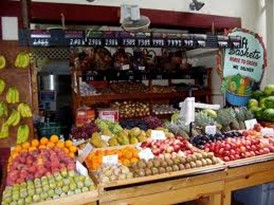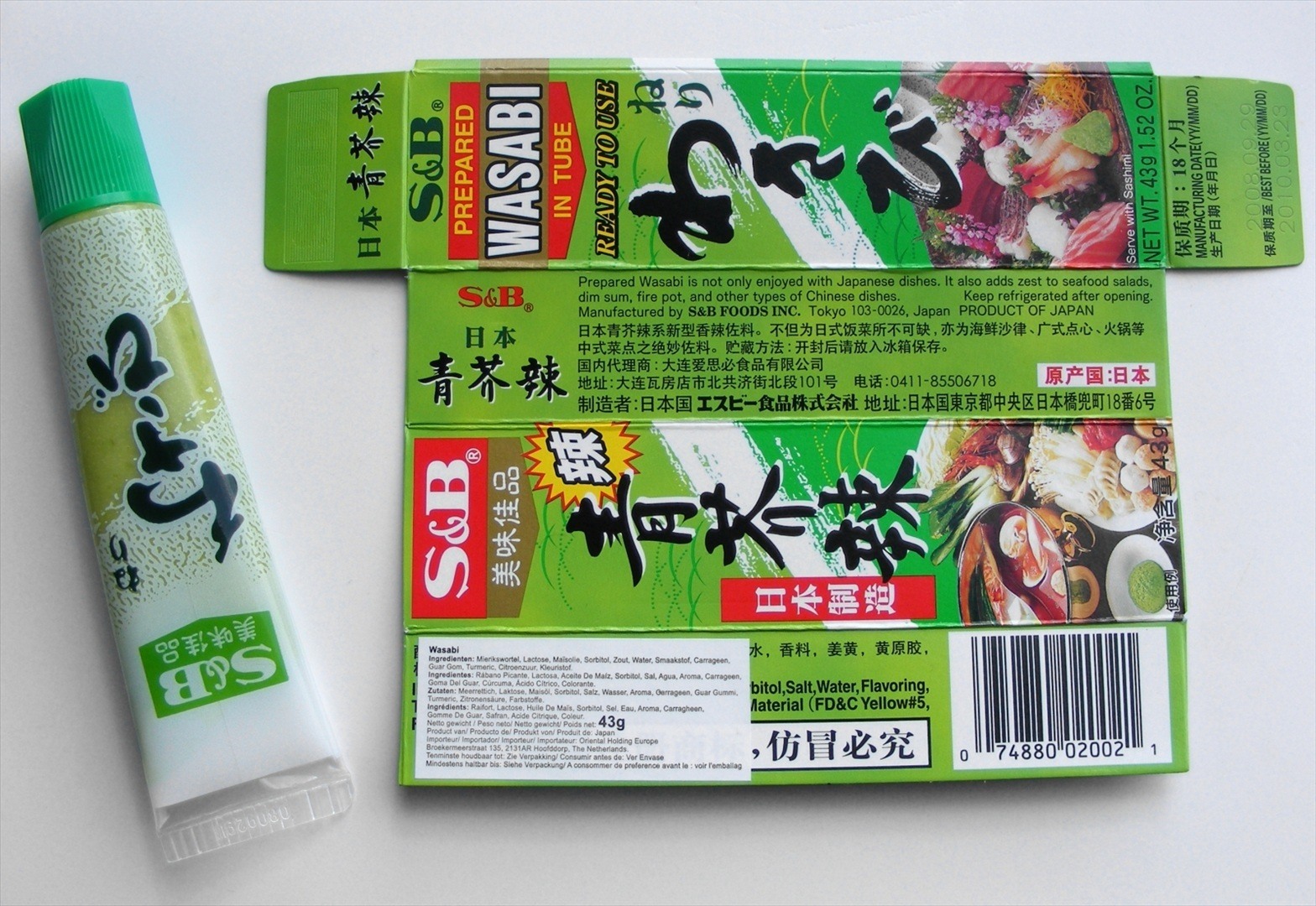In today’s New England Journal of Medicine, a team of researchers reports that people who consume nuts more often are less likely to die of certain diseases, such as cardiovascular disease, cancer, respiratory diseases, and Type II diabetes.
Lest you think that this is another one of those small studies that has been over-interpreted, realize that the researchers studied over 118,000 people. They enrolled them in the study, followed their self-report food intake for years, and searched huge databases to track deaths of study participants.
The authors were careful to say that their study was observational and that they therefore can’t claim they’ve proved that nut consumption caused the reduced risk of death. But their conclusion was stated simply and clearly: “As compared with participants who did not eat nuts, those who consumed nuts seven or more times per week had a 20% lower death rate.”
They point out that some actual clinical trials conducted by other researchers show nut consumption does have beneficial effects on cholesterol levels, hyperglycemia, and insulin resistance, among other factors.
There’s a neat little three-minute animated explanation from the Massachusetts Medical Society that goes along with the study. You can see it by going here and clicking the Video icon named Nuts and Death.
Nuts are awesome! Pine nuts are slightly sweet and add a hint of flavor to rice or quinoa dishes. Walnuts can be ground up and mixed with eggs or tofu, along with spinach and onions, to make a delicious pate that makes a satisfying sandwich. Pecans are perfect for waldorf salad. And that’s just the beginning! So treat yourself to some health and go for nuts.
Related links:
Best and Worst Nuts for Your Health
Nuts and your heart: Eating nuts for heart health – Mayo Clinic





